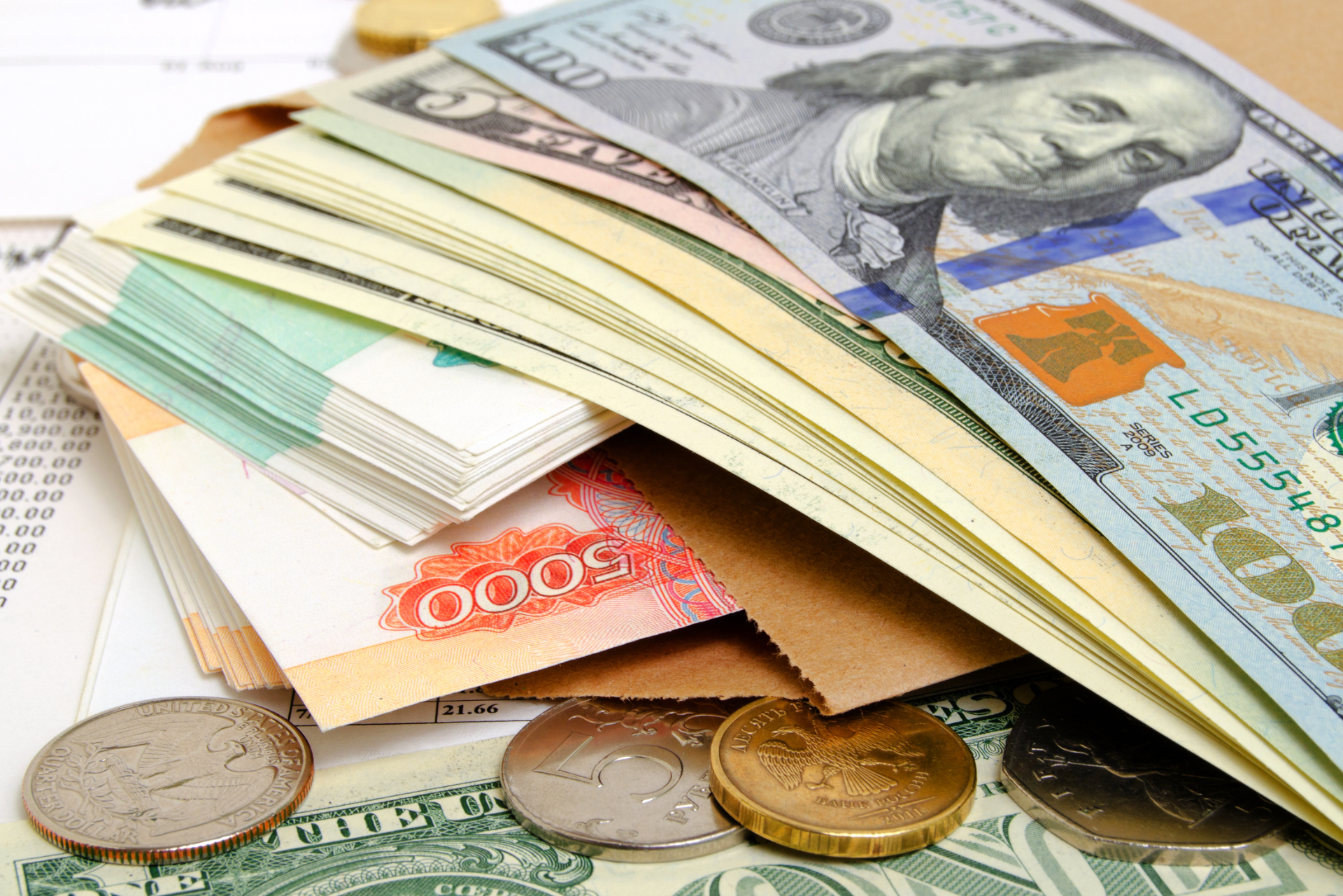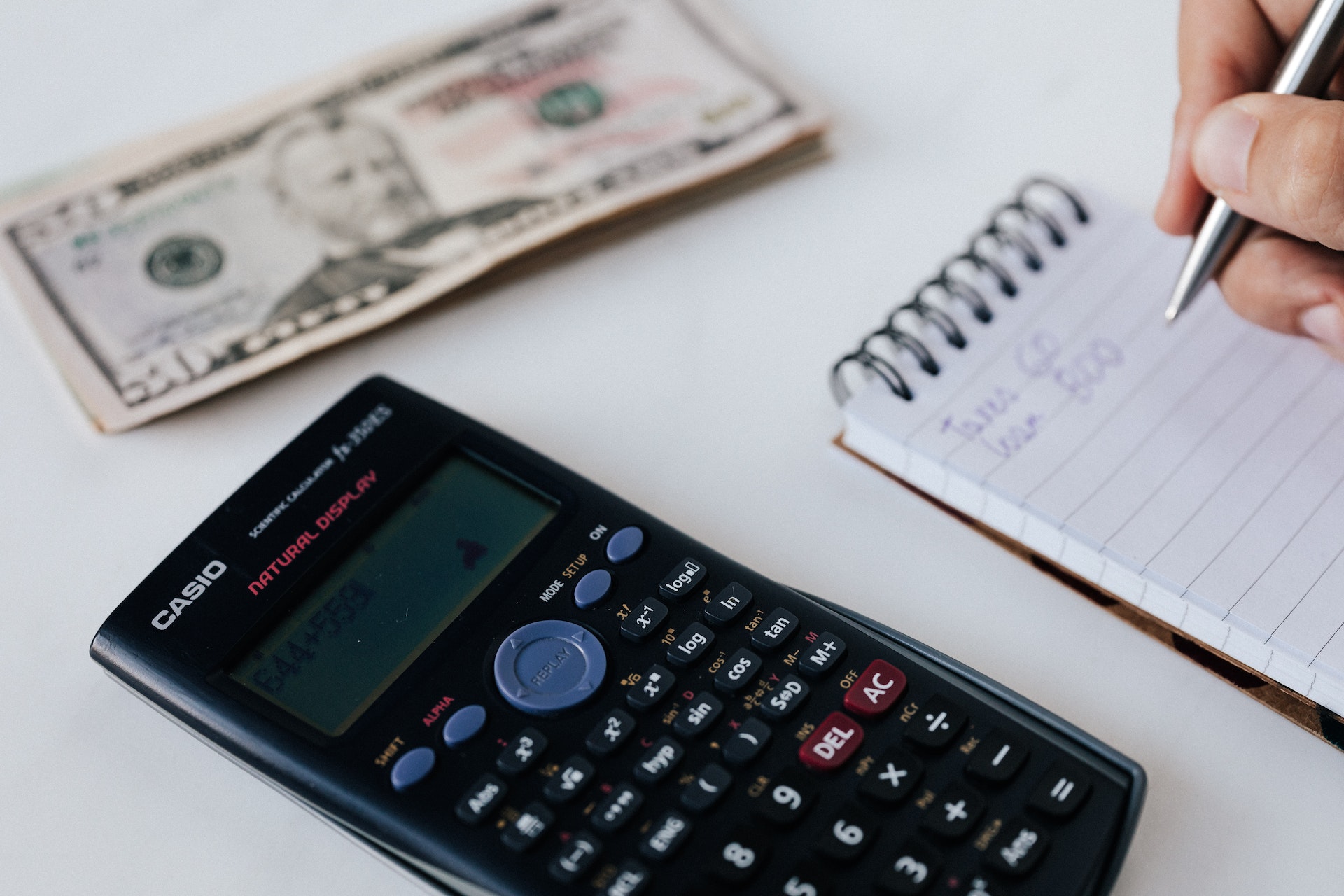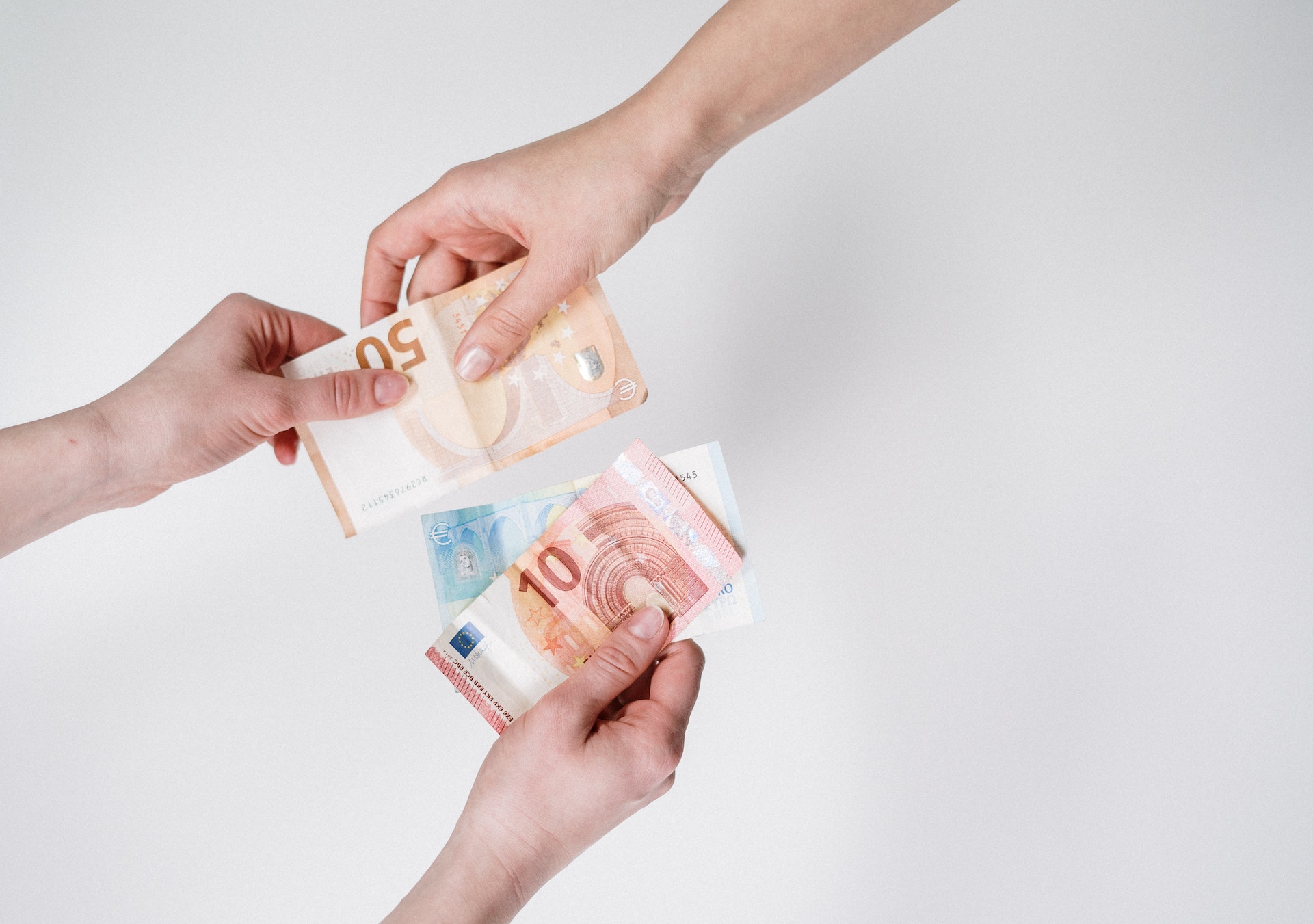In the dynamic world of global finance, understanding how to calculate exchange rates is a crucial skill. Whether you’re a seasoned investor, a business owner venturing into international markets, or simply planning a vacation abroad, the ability to accurately determine exchange rates can significantly impact your financial decisions. This comprehensive guide will delve into the fundamental principles of exchange rates, exploring the myriad of factors that influence these rates on a daily basis.
We’ll equip you with the essential tools and techniques needed to calculate exchange rates accurately and efficiently. From a detailed, step-by-step walkthrough to expert tips for precision, this guide is designed to empower you with the knowledge you need. We’ll also highlight common pitfalls to avoid, ensuring your calculations are as accurate as possible. Moreover, we’ll illustrate how these calculations can be effectively utilized for financial planning, providing you with a strategic edge in your personal or business finances. For those seeking to delve deeper, we’ll also touch upon advanced methodologies for calculating exchange rates. As a seasoned expert in global finance, I aim to demystify the complexities of exchange rates, providing you with a practical, easy-to-understand guide. So, whether you’re a novice or a pro, this article is designed to enhance your understanding and proficiency in calculating exchange rates. Let’s embark on this financial journey together, unlocking the secrets of exchange rates and their calculation.
1. Understanding the Basics of Exchange Rates
When it comes to the world of finance, exchange rates play a pivotal role. They are the value of one country’s currency in relation to another’s. These rates fluctuate based on various factors, including economic indicators, market speculation, and geopolitical events. Understanding how to calculate exchange rates is a fundamental skill for anyone involved in international business, travel, or investment.
Exchange rates are typically quoted in pairs. For instance, if you’re looking at the USD/EUR rate, the first currency (USD) is the base currency, and the second (EUR) is the quote currency. The rate tells you how much of the quote currency you need to purchase one unit of the base currency. Knowing how to interpret these pairs is the first step in calculating exchange rates.
It’s also important to note that there are two types of exchange rates: the spot rate and the forward rate. The spot rate is the current exchange rate, while the forward rate is an agreed-upon rate for a future exchange. Both types of rates are essential to understand for different financial scenarios. For example, businesses that deal with international transactions often use forward rates to hedge against potential currency fluctuations. Tip: Keep a close eye on these rates as they can greatly impact your financial decisions.
2. Factors Influencing the Exchange Rate
The exchange rate is a complex entity, influenced by a myriad of factors. One of the most significant factors is the economic performance of a country. A robust economy attracts foreign investors, which increases the demand for that country’s currency and, consequently, its value. Conversely, a struggling economy can deter investors, leading to a decrease in currency value.
Another crucial factor is inflation. Countries with lower inflation rates tend to see an appreciation in the value of their currency. This is because low inflation rates often correlate with low interest rates, which attracts foreign investors. On the other hand, high inflation can lead to a depreciation of the currency as it erodes its purchasing power.
Lastly, political stability and economic performance are also significant influencers. Countries with stable governments and strong economies are more likely to attract foreign capital, which can lead to an appreciation of their currency. Conversely, political turmoil or economic instability can deter foreign investment, leading to a depreciation of the currency. Therefore, understanding these factors can help one calculate an exchange rate more accurately.
3. Tools Needed to Calculate an Exchange Rate
Calculating an exchange rate requires a few essential tools. Firstly, you need access to real-time financial data. This can be obtained from online currency exchange sites, banks, or your ZEN.COM App. Secondly, a financial calculator is necessary to perform the calculations. Some other tools that can aid in the process include:
- Exchange Rate Apps: There are numerous apps available that provide real-time exchange rates and allow you to convert between different currencies.
- Financial News Subscriptions: Subscriptions to financial news outlets can provide you with up-to-date information on market trends and fluctuations.
- Online Currency Converters: These tools allow you to input the amount of a particular currency and convert it to another currency based on the current exchange rate.
Remember, the key to accurate calculations is using the most current data available. Exchange rates fluctuate constantly due to changes in the global economy, so it’s crucial to stay updated.
4. Step-by-Step Guide to Calculating Exchange Rates
Understanding the process of calculating exchange rates is crucial for anyone involved in international business or travel. Exchange rates are determined by the foreign exchange market (Forex), where currencies are bought and sold. Here’s a step-by-step guide to help you calculate exchange rates accurately.
Firstly, identify the currency pair you want to convert. This involves the base currency and the quote currency. The base currency is the one you want to convert, and the quote currency is the one you want the base currency’s value in. For instance, if you’re converting US dollars to British pounds, USD is the base currency, and GBP is the quote currency. Tip: Use reliable online resources like Forex trading platforms or financial news websites to get the most current exchange rates.
Secondly, use the exchange rate to calculate the value of your currency. If the exchange rate of USD to GBP is 0.75, it means 1 USD is equivalent to 0.75 GBP. So, if you have 100 USD, you would have 75 GBP. Remember: Exchange rates fluctuate due to economic factors like inflation, interest rates, and geopolitical events. Therefore, it’s essential to check the rates regularly if you’re dealing with large amounts or frequent transactions.
5. Tips for Accurate Exchange Rate Calculation
Ensuring accuracy in exchange rate calculations is crucial, especially for businesses dealing with international transactions. Here are some tips to help you achieve this:
- Use Reliable Sources: Always refer to trustworthy and reliable sources for the most recent exchange rates. Websites of central banks or financial news outlets are often the best sources.
- Update Regularly: Exchange rates fluctuate constantly. Therefore, it’s essential to update your rates regularly, preferably daily, to maintain accuracy.
- Consider Time Zones: The time of the day can affect exchange rates due to the opening and closing of different financial markets. Be aware of this when calculating rates.
- Use Accurate Conversion Tools: Use online tools or software that are known for their accuracy and reliability. These tools should also be updated regularly.
- Understand Market Trends: Understanding the factors that influence exchange rates can help you predict future trends. This knowledge can be beneficial for making informed decisions.
6. Common Mistakes to Avoid When Calculating Exchange Rates
Many individuals often fall into the trap of making common errors while determining exchange rates. One of the most prevalent mistakes is relying solely on online converters for accurate rates. These tools may not always reflect the most current rates or include transaction fees. Another common error is ignoring the impact of fluctuating market conditions. Exchange rates are not static and can change rapidly due to various economic factors. Therefore, it’s crucial to stay updated with market trends. Lastly, neglecting to compare rates from different sources can also lead to miscalculations. Different banks and exchange services may offer different rates, so it’s beneficial to shop around. Here’s a quick checklist to avoid these mistakes: 1) Don’t rely solely on online converters, 2) Stay updated with market conditions, 3) Compare rates from different sources.
7. How to Use Exchange Rate Calculations for Financial Planning
Financial planning is a crucial aspect of any business or personal finance. One of the key elements that can significantly impact financial planning is the exchange rate. Proper utilization of exchange rate calculations can help in making informed decisions, especially for businesses operating in the international market or individuals planning to invest or travel abroad. However, it is essential to remember that exchange rates are highly volatile and can fluctuate due to various factors such as economic conditions, geopolitical events, and market speculation.
One of the significant advantages of using exchange rate calculations in financial planning is the ability to forecast future costs. For businesses dealing with international transactions, understanding the exchange rate can help in predicting the cost of goods or services, thereby aiding in budgeting and financial planning. On the other hand, a major drawback is the unpredictability of exchange rates. Despite the best calculations, unforeseen changes in the exchange rate can lead to financial losses. Therefore, it is advisable to always consider a margin of error in the calculations.
Another benefit of incorporating exchange rate calculations in financial planning is the potential for profit maximization. By understanding the trends and patterns in exchange rates, businesses can time their transactions to take advantage of favorable rates. Similarly, individuals can also maximize their investment returns or save on foreign currency expenses. However, this strategy requires a thorough understanding of the forex market and should be approached with caution. In conclusion, while exchange rate calculations can be a powerful tool in financial planning, they should be used judiciously and in conjunction with other financial indicators and tools.
















